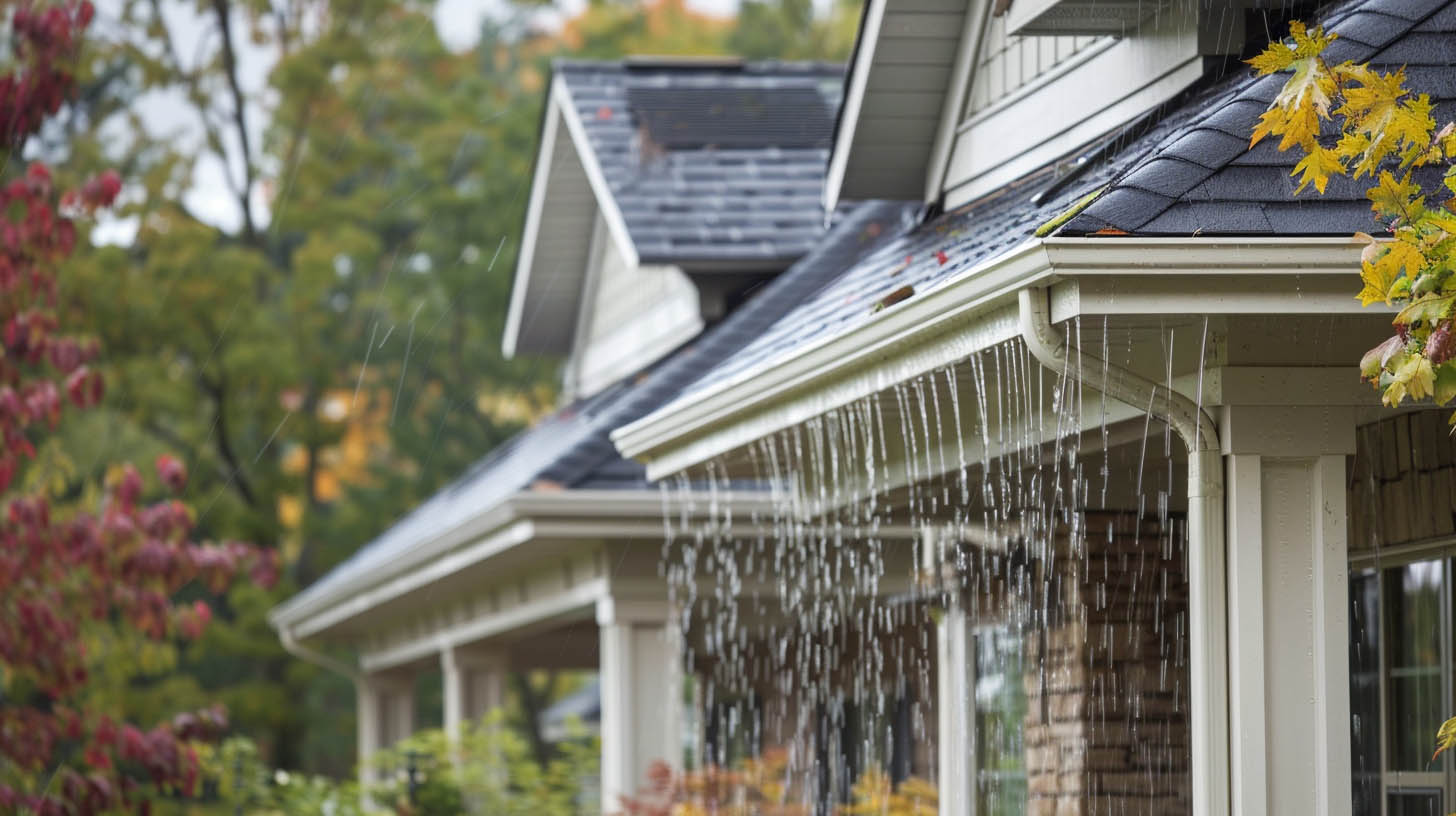Rain diverters are essential, yet often overlooked, components of residential roofing systems that provide critical protection against water damage. This guide will delve into how rain diverters work, their installation, and whether they are a suitable solution for your home.
Understanding Rain Diverters
Functionality: Rain diverters are typically made from metal and are designed in a J or L shape. They are installed beneath the roofing material to direct rainwater away from key areas like doorways or walkways, thus protecting the interior and occupants of your home.
Installation Considerations
Professional Installation Required: The precise installation of rain diverters involves lifting shingles carefully, placing the diverter, and securing it with nails, all without damaging the roofing material. To prevent leaks, the installation often includes sealing nail holes with specialized liquid cement.
Pros and Cons of Rain Diverters
Benefits:
- Directs rainwater away from sensitive areas, preventing entryway waterfalls.
- Reduces the potential for water damage to walls and foundations.
- Can be an effective alternative to traditional gutters in homes with design constraints.
Considerations:
- In colder climates, rain diverters can contribute to the formation of ice dams.
- Some homeowners may find that diverters affect the aesthetic continuity of their roofline.
Why Choose Trojan Roofing for Your Rain Diverter Installation
Choosing the right contractor is crucial for the effective installation of rain diverters. Trojan Roofing in Indianapolis specializes in the nuanced aspects of roofing, ensuring that your diverters are installed seamlessly and function properly. Our expertise guarantees both functional and aesthetic integrity.
Conclusion
Rain diverters are a practical investment for managing rainwater and protecting your home from water-related issues. However, their effectiveness and suitability depend on your home’s specific architectural needs and climate conditions. For those considering this solution, professional installation is key to ensuring long-term effectiveness and avoiding potential drawbacks.
For strategies to minimize hail damage to your roof, click here.

